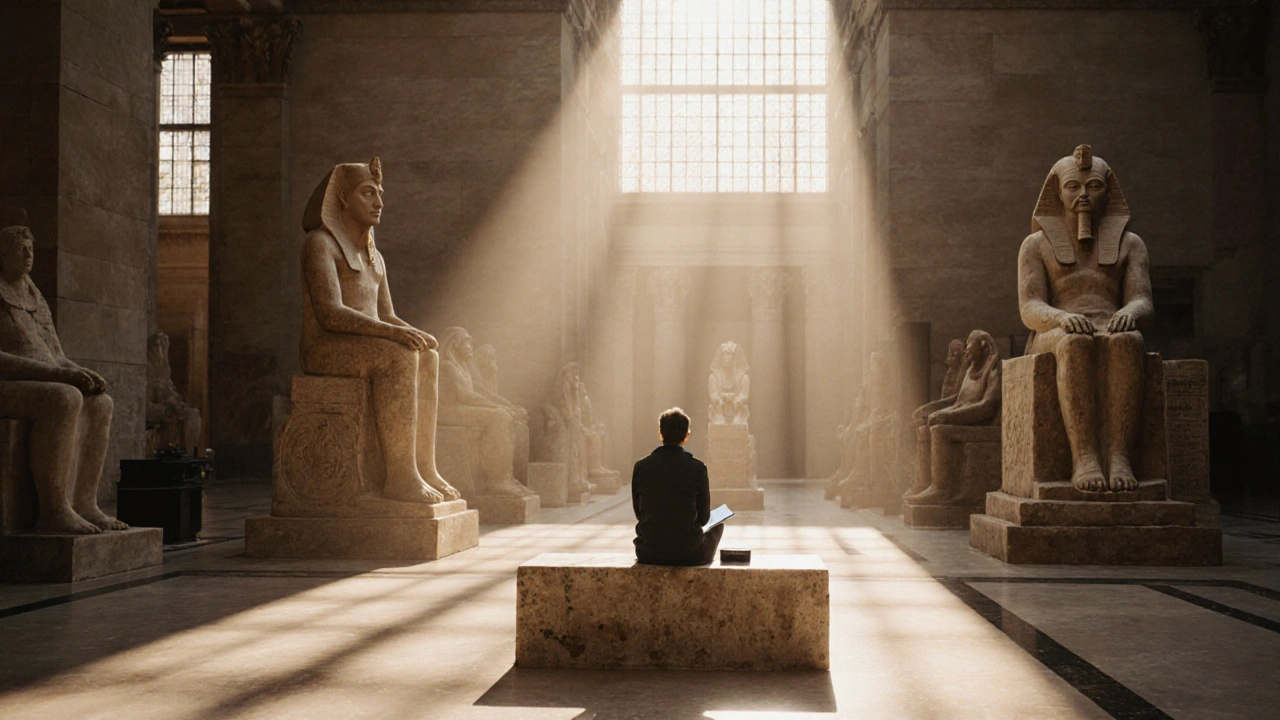Slow Museum Visit: How to Truly Experience London's Art and History
When you take a slow museum visit, a deliberate, unhurried engagement with art, history, and space. Also known as mindful museum experience, it’s not about rushing through galleries or ticking off famous paintings—it’s about letting a single piece speak to you, about noticing the light on a sculpture, the silence between rooms, and how your own thoughts shift as you stand still. Most people treat museums like checkpoints on a tourist list, but the real magic happens when you stop moving and start feeling.
London’s museums aren’t just buildings full of objects—they’re quiet places where time slows down. The British Museum, one of the world’s largest collections of human history, holds over eight million artifacts. You could spend days there and still miss half. But if you spend an hour with just one Egyptian mummy case, listening to the whisper of centuries, you’ll remember it longer than if you saw a hundred others in a blur. Same goes for the Tate Modern, a former power station turned temple of modern art. The best way to understand a Rothko isn’t to snap a photo and move on—it’s to sit on the bench, breathe, and let the color pull you in.
A slow museum visit doesn’t mean you need more time—it means you need less distraction. Leave your phone in your bag. Skip the audio guide unless you’re truly curious. Pick one room. One exhibit. One theme. Maybe it’s the Victorian portraits at the National Portrait Gallery, or the empty chairs in the Imperial War Museum’s First World War gallery. Let yourself get lost in the details: the brushstroke on a 17th-century landscape, the crack in a Roman vase, the way sunlight hits a glass case at 3 p.m. These are the moments that stick.
And you don’t need to go on a weekend. Weekday mornings, especially after 10 a.m., are when the crowds thin and the air feels different. The staff know you’re not just passing through. Kids aren’t running. Groups aren’t shouting. You can stand in front of a Turner and not hear a single selfie click. That’s the secret: the museum isn’t just for seeing—it’s for being.
There’s no rule that says you have to see everything. In fact, the most memorable visits are the ones where you leave with one image burned into your mind—not a checklist. A slow museum visit turns sightseeing into soul-searching. It turns tourists into observers. And in a city that never stops moving, that’s a rare gift.
Below, you’ll find real stories and tips from people who’ve learned how to slow down in London’s biggest museums. Whether you’re visiting for the first time or you’ve been here ten years, these posts will help you see more—not by doing more, but by doing less.
